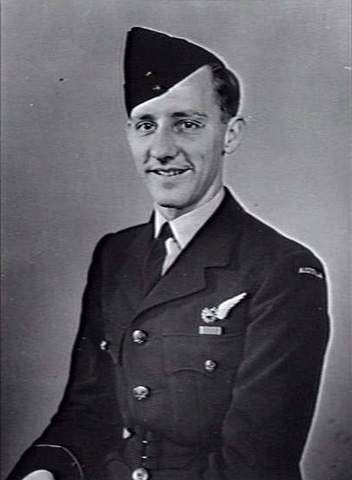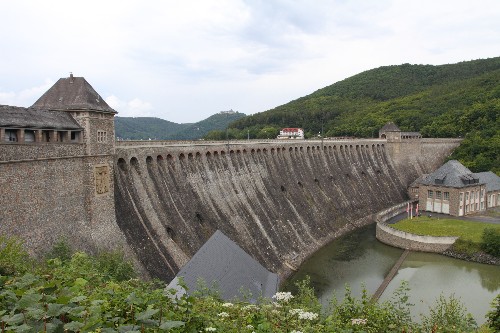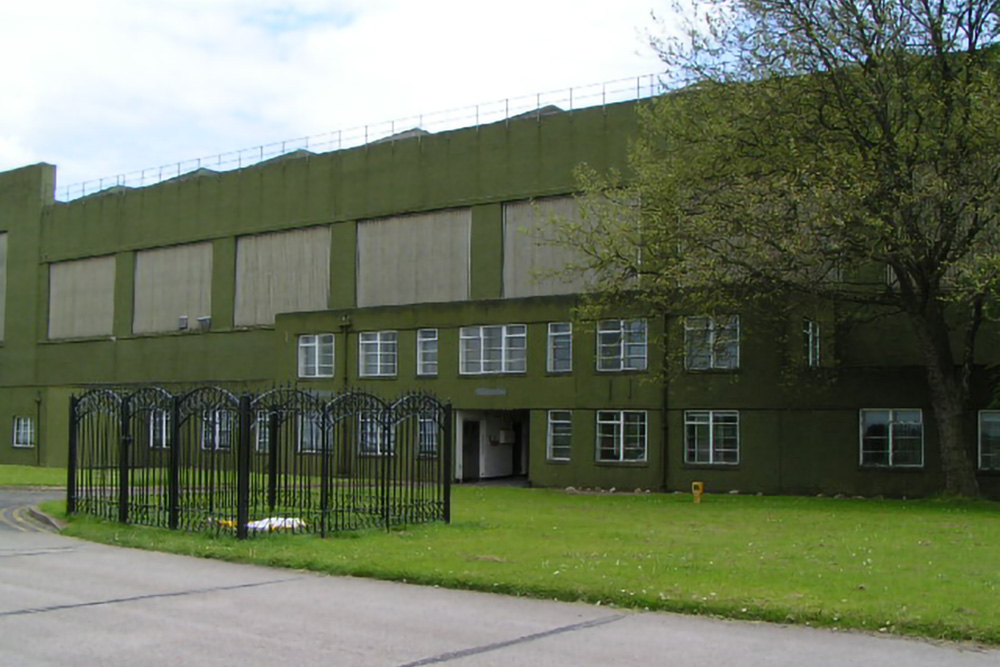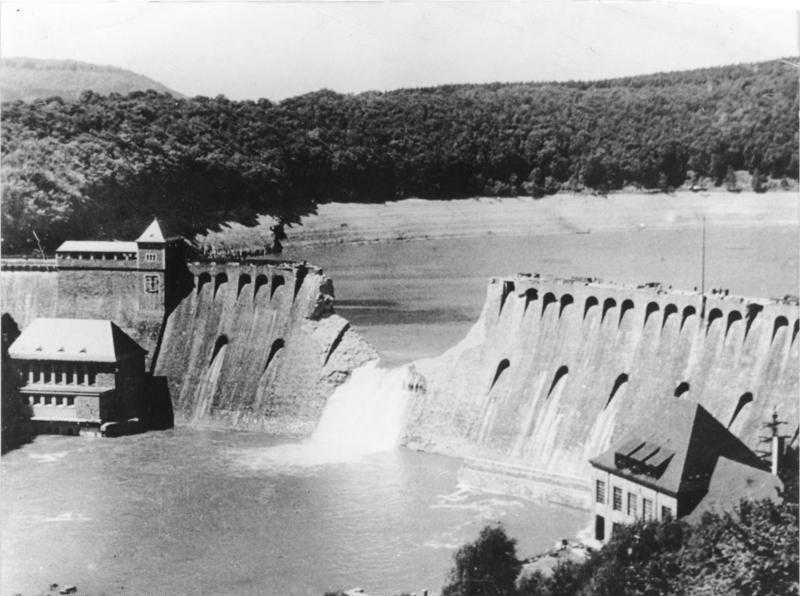Kellow, Robert George Thomas
- Date of birth:
- December 13th, 1916 (Newcastle/New South Wales, Australia)
- Date of death:
- February 12th, 1988 (Winnipeg/Manitoba, Canada)
- Service number:
- Aus. 411453
- Nationality:
- Australian
Biography
Robert George Thomas Kellow was born on 13 December 1916 in Newcastle, New South Wales, Australia, to George and Violet Kellow. After attending Newcastle High School, where fellow Dambuster Jack Leggo also studied, Kellow worked as a shop assistant before enlisting in the RAAF. He trained as a wireless operator/air gunner in Canada before arriving in the UK in January 1942.
Kellow joined 50 Squadron and completed 25 operations before transferring to the newly formed 617 Squadron at Scampton. Shortly before the transfer, he was recommended for a DFM and commissioned, though the award was not confirmed until June 1943.
During the Dams Raid, Kellow witnessed the tragic loss of Bill Astell’s crew near Dorsten and later assisted in the successful attack on the Eder Dam, sending the confirmation message "Goner 710B." In September, during the attack on the Dortmund-Ems Canal, Knight's aircraft was damaged, and Kellow evaded capture with the help of Resistance networks, eventually returning to England in December 1943. To protect these networks, he was barred from further missions over enemy territory and returned to Australia in May 1944.
Kellow served in RAAF 37 Squadron for the remainder of the war, primarily in Australia, with a deployment to New Guinea flying Lockheed Lodestars.
In April 1946 Kellow returned to Newcastle, NSW, after being discharged from the RAAF, with a glowing report from his Commanding Officer who described him as showing ‘great possibilities for good leadership’, and ‘one of the most liked and well known’ and ‘invaluable’ members of the Squadron.
He returned to his job as a shop assistant in Australia, and in 1946 married Doreen Smith, a Canadian who he had met while training there in 1941. By 1952, they had two children and the whole family moved to Winnipeg, Canada, where Kellow worked for the Manitoba Power Commission.
Bob Kellow died in Winnipeg on 12 February 1988, and is buried in the city’s Brookside.
Do you have more information about this person? Inform us!
- Period:
- Second World War (1939-1945)
- Rank:
- Sergeant
- Unit:
- No. 50 Squadron, Royal Air Force
- Awarded on:
- June 15th, 1943
- Period:
- Second World War (1939-1945)







